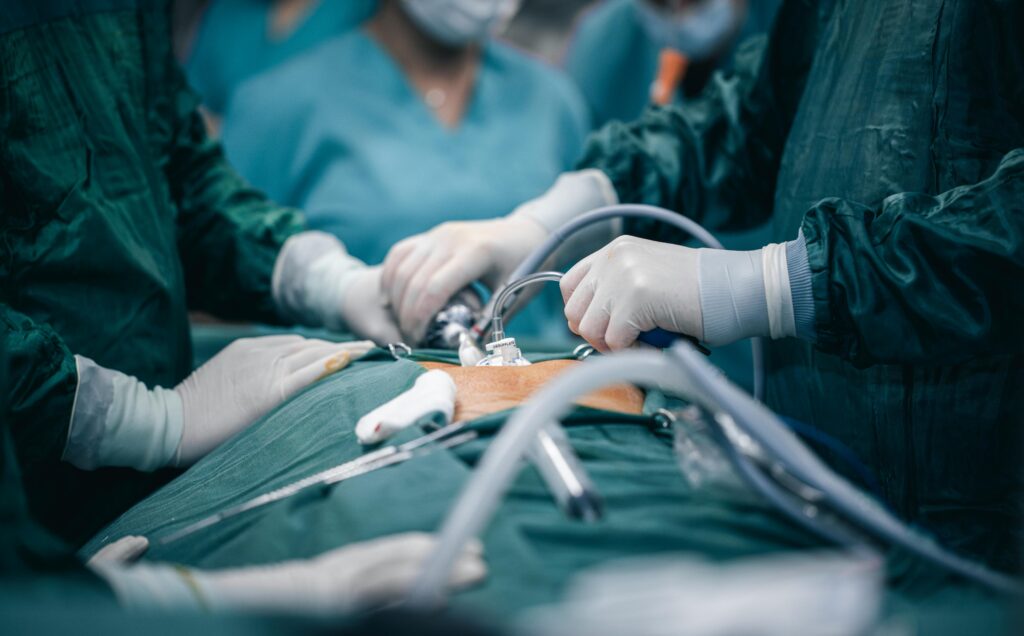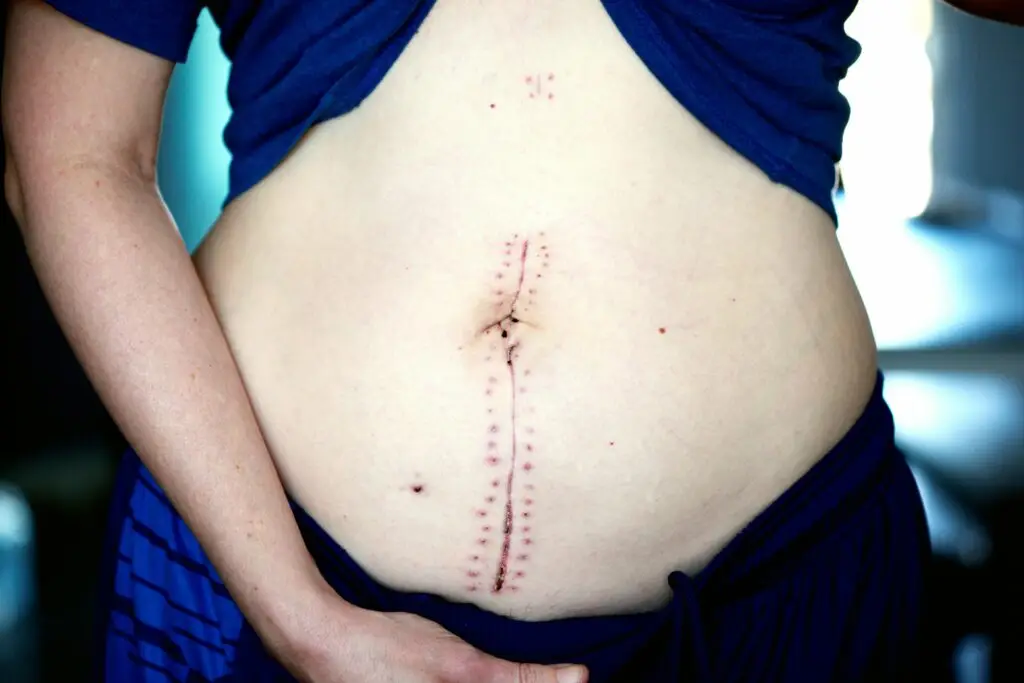
Laparoscopic Roux-en-Y Gastric Bypass (LRYGB) is a well-established surgical procedure for weight loss and the management of obesity-related health conditions. It involves creating a small stomach pouch and rerouting the digestive tract to limit food intake and reduce calorie absorption. This procedure is considered one of the most effective options for long-term weight loss and improvement of metabolic health.
Who Is a Candidate for LRYGB?
LRYGB is generally recommended for individuals with severe obesity (typically a BMI of 40 or higher, or 35 or higher with significant obesity-related conditions like diabetes or hypertension). However, not everyone is a suitable candidate. Certain factors may make the procedure less ideal, such as:
- A history of previous stomach or anti-reflux surgeries.
- Severe iron deficiency anemia.
- Conditions requiring ongoing monitoring of the stomach or duodenum, such as certain ulcers or lesions.
- Barrett’s esophagus with advanced dysplasia.
How the Procedure Works
The surgery is performed using minimally invasive techniques, with small incisions and a camera (laparoscope) to guide the surgeon. Here’s a simplified breakdown of the steps:
- Creating the Stomach Pouch: The upper part of the stomach is divided to form a small pouch, typically less than 20 mL in volume. This pouch restricts the amount of food a person can eat at one time.
- Rerouting the Intestines: A section of the small intestine (called the Roux limb) is connected to the new stomach pouch. This bypasses the larger part of the stomach and the first segment of the small intestine, reducing calorie absorption.
- Reconnecting the Digestive Tract: The bypassed section of the intestine is reconnected further down to allow digestive juices to mix with food, ensuring proper digestion and nutrient absorption.
- Closing Potential Gaps: The surgeon carefully closes any openings in the tissue to prevent complications like internal hernias.
Potential Risks and Complications
Like any major surgery, LRYGB carries risks, though serious complications are relatively rare when performed by experienced surgeons. Some of the possible issues include:
- Anastomotic Leak: A leak at the connection points in the intestines or stomach can be life-threatening if not detected and treated promptly. Symptoms may include rapid heart rate, fever, or difficulty breathing.
- Internal Hernias: If the openings in the intestinal tissue are not properly closed, the intestines can shift and become trapped, leading to blockages. This requires emergency surgery.
- Marginal Ulcers: Sores can develop at the connection between the stomach pouch and the intestine. These are often treated with medication but may require surgery in severe cases.
- Nutritional Deficiencies: Because the procedure alters digestion, patients may develop deficiencies in iron, vitamin B12, or vitamin D. Lifelong supplementation and monitoring are usually necessary.
- Dumping Syndrome: Some patients experience nausea, sweating, or diarrhea after eating sugary or high-carbohydrate foods. This occurs when food moves too quickly through the digestive system.
Recovery and Long-Term Care
After surgery, patients typically stay in the hospital for a few days and follow a strict diet to allow the stomach and intestines to heal. Over time, they transition to solid foods, but portion sizes remain small due to the reduced stomach capacity.
Long-term success depends on adherence to dietary guidelines, regular exercise, and ongoing medical follow-up. Patients must also commit to taking prescribed vitamins and minerals to prevent deficiencies.
Why LRYGB Is Effective
LRYGB works in two main ways: by restricting the amount of food the stomach can hold and by altering the digestive process to reduce calorie absorption. This dual mechanism makes it one of the most effective weight-loss surgeries available, with many patients experiencing significant improvements in obesity-related conditions like type 2 diabetes, high blood pressure, and sleep apnea.
Final Thoughts
LRYGB is a powerful tool for weight loss and improving overall health, but it’s not without risks. Careful patient selection, skilled surgical technique, and lifelong commitment to lifestyle changes and medical follow-up are essential for achieving the best outcomes. For those who qualify and are prepared for the challenges, LRYGB can be a life-changing procedure.

